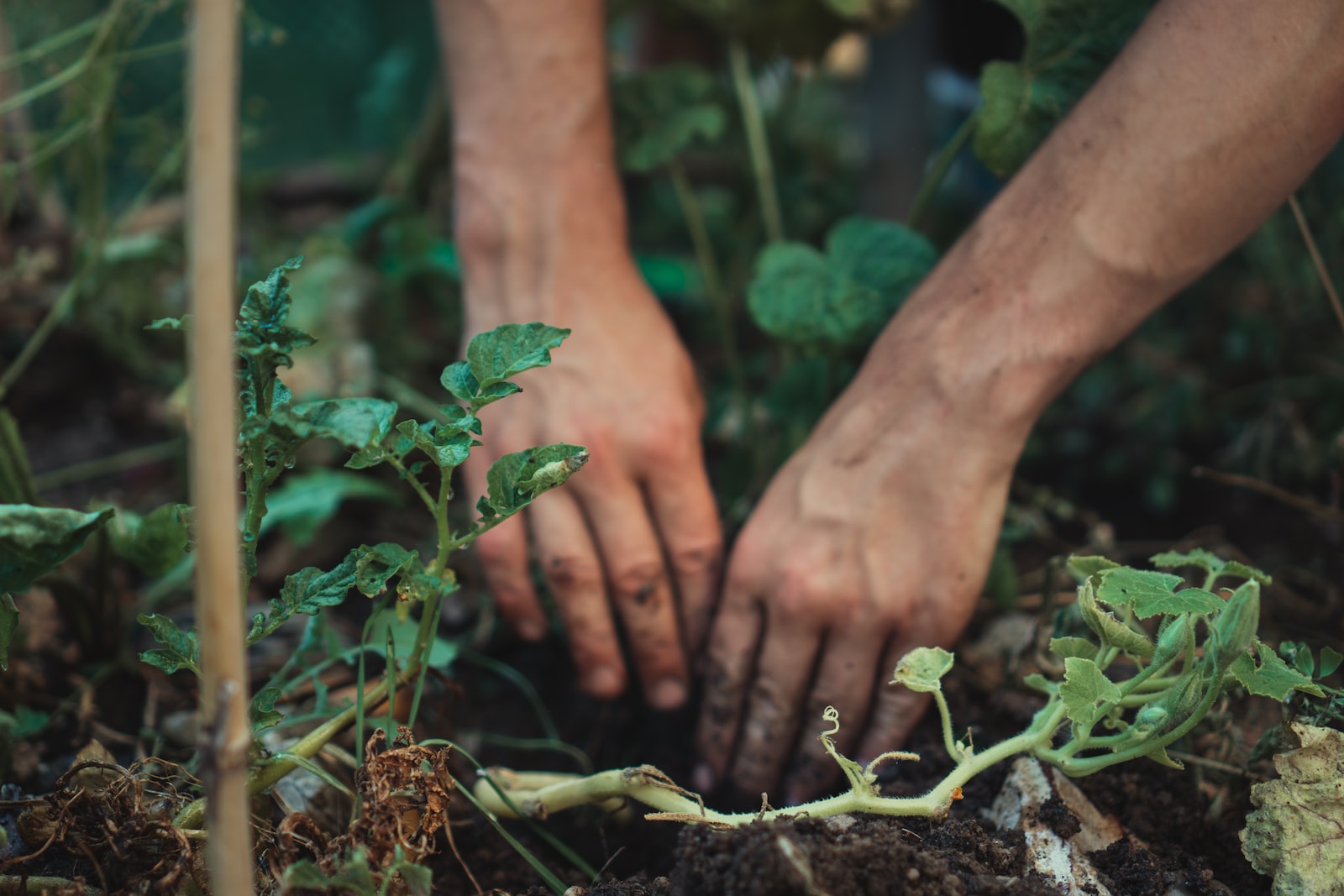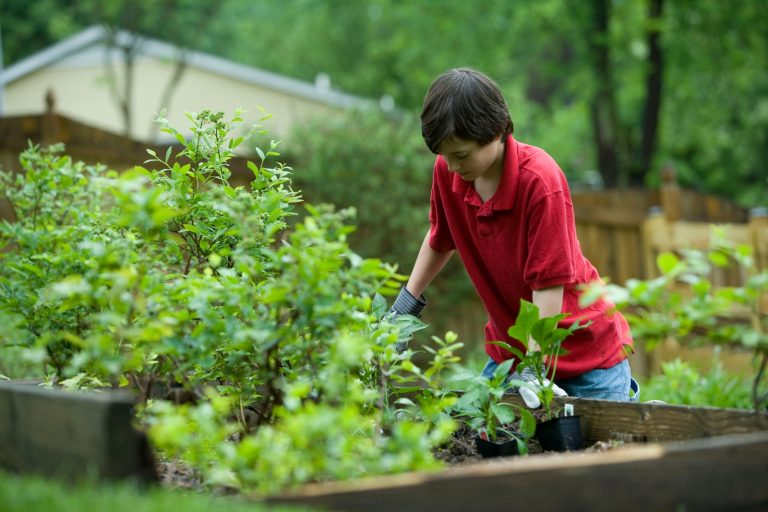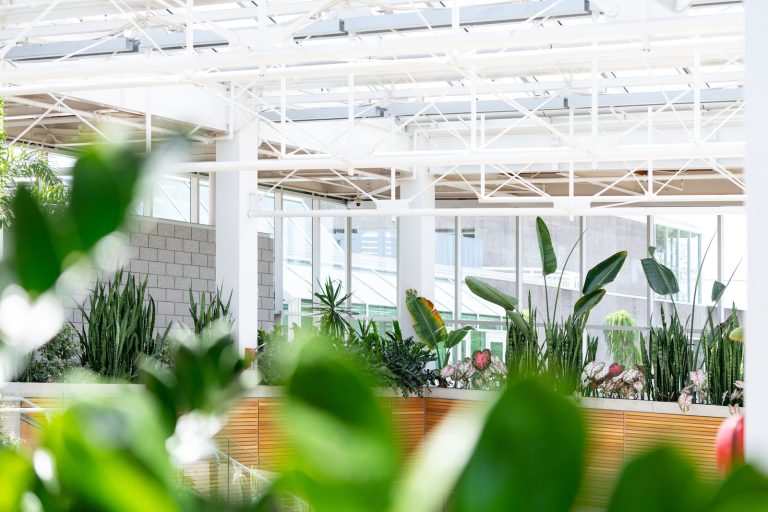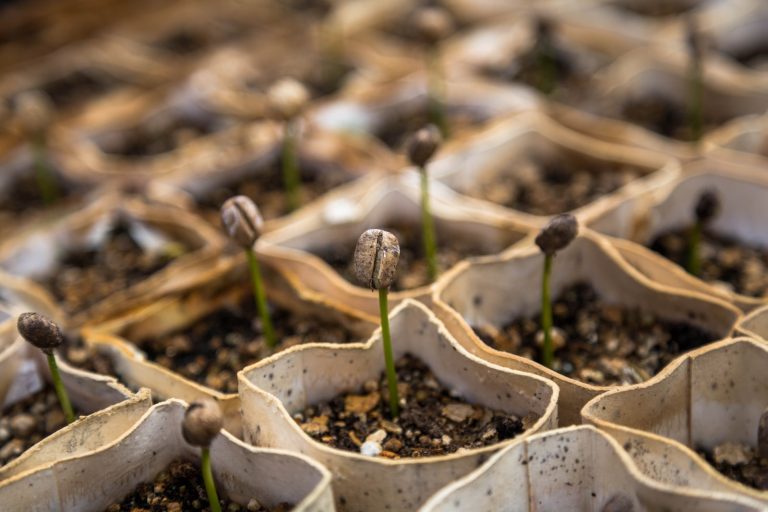Benefits of Using Companion Planting in Your Home Garden

Welcome to the wonderful world of companion planting! If you’re looking for a natural way to boost plant health, reduce pests, and increase yields in your home garden, you’ve come to the right place.
By strategically pairing certain plants together based on their chemical and physical properties, companion planting can work wonders for your garden ecosystem. From deterring harmful insects to improving soil quality and pollination, there are countless benefits to incorporating this technique into your gardening practice.
So sit back and prepare to discover all the amazing ways that companion planting can transform your green space!
What is Companion Planting?
Companion planting is the practice of growing two or more plants together in order to benefit from their interactions.Companion planting can be used to improve the growth and yield of your plants, deter pests, and attract beneficial insects.
Companion planting is most commonly used in gardens, but can also be used in containers and pots on your patio or balcony. Many gardeners use companion planting to create a more diverse and productive garden, while others use it to simplify their gardening by growing multiple plants in one area.
The benefits of companion planting are vast, but some of the most common benefits include:
–Improved Growth: Certain plants can help other plants to grow better by providing nutrients, shade, or support. For example, beans are often planted next to corn because they fix nitrogen in the soil which helps the corn to grow better.
–Pest Deterrent: Some plants release chemicals that repel certain pests. For instance, basil releases chemicals that deter mosquitoes and flies. Nasturtiums release chemicals that will kill aphids on contact making them a great plant to have next to your roses which are often targeted by aphids.
–Attracting Beneficial Insects: Some flowers attract beneficial insects that help pollinate your other crops or eat harmful pests. Marigolds attract hoverflies which consume Aphids while dill attracts ladybugs which eat numerous soft-bodied pests such as Aphids, Thrips, Whiteflies, Spider M ites, and various caterpillars.
Incorporating companion planting into your gardening will not only improve the health of your garden but also create a more diverse and beautiful environment.
Benefits of Companion Planting
There are many benefits to companion planting, including improved yields, natural pest control, and enhanced soil health.
Improved Yields: Companion planting can increase the yield of your garden by up to 30%. This is because plants grown together can improve the efficiency of resource use, such as water and nutrients. They also create a more diverse environment that supports a greater variety of beneficial insects.
Natural Pest Control: Companion planting can help to naturally control pests in your garden. By growing plants that attract helpful insects, you can create a balanced ecosystem that will keep pests in check. Additionally, some plants release chemicals that repel harmful insects.
Enhanced Soil Health: Companion planting can also enhance the health of your soil. Plants grown together help to add organic matter and improve soil structure. This results in healthier plants and improved yields.
Getting Started with Companion Planting
Are you new to the world of companion planting? If so, then you might be wondering how to get started. Luckily, it’s not as difficult as it might seem. In fact, once you get the hang of it, you’ll probably find that companion planting becomes second nature.
To get started with companion planting, there are a few things you need to keep in mind. First, it’s important to know which plants grow well together. This will ensure that your plants have the best chance possible of thriving. You can find this information online or in gardening books.
Second, you need to make sure that you have enough space for all of your plants. Companion planting can actually save you space in your garden, since some plants can be planted closer together than if they were growing alone. But you still need to make sure that each plant has enough room to grow.
Last, but certainly not least, you need to pay attention to the needs of your plants. Some plants need more water than others, for example. by taking the time to learn about the needs of your plants, you can ensure that they all have what they need to thrive.
With these tips in mind, you’re ready to get started with companion planting!
Choosing the Right Plants for Your Garden
When selecting plants for your home garden, consider using companion planting. This is a type of gardening in which different plants are grown together to provide mutual benefits.
Companion planting can help to improve the yield and quality of your crops, deter pests, and attract helpful insects.
Here are some tips for choosing the right plants for your companion garden:
- Decide what you want to grow. Consider what fruits, vegetables, or herbs you would like to have in your garden, and research which plants will complement them.
- Select plants that have different growing needs. Pairing plants with different water or sun requirements can help ensure that all of your plants stay healthy.
- Consider plant height. taller plants can provide shade for smaller ones, while ground cover can prevent weeds from taking over your garden bed.
- Choose plants that will bloom at different times. This will provide a food source for pollinators throughout the growing season.
- Don’t forget about color! Incorporating colorful flowers into your companion garden can add beauty as well as attract beneficial insects .
Prepare Your Garden for Companion Planting
If you want to get the most out of your companion planting, it’s important to prepare your garden first. This means ensuring that the space is clear of any existing vegetation, and that the soil is loose and well-drained.
You should also add a layer of organic matter to the soil, which will help to hold moisture and provide nutrients for your plants. Once you’ve prepared the garden, you can start planning where to place each plant. It’s best to group plants together that have similar needs in terms of sun exposure, water, and nutrients.
Tips for Success with Companion Planting
When it comes to companion planting, there are a few key things to keep in mind for success. First, make sure to choose plants that have compatible root systems. If you have plants with deep roots, they will compete for water and nutrients with shallow-rooted plants.
Second, be mindful of the height of your plants. Taller plants can shade out shorter plants, so it’s important to group them accordingly. Lastly, consider the needs of each plant when planning your garden layout.
Some plants need more sun or water than others, so make sure to place them in an area where they will thrive. With these tips in mind, you’ll be on your way to a thriving home garden!
Natural Pest Control Methods
There are a number of benefits to using companion planting in your home garden, one of which is natural pest control. By planting certain plants next to each other, you can create a hostile environment for pests, deter them from entering your garden, and protect your plants from damage.
One popular method of natural pest control is to plant marigolds around the perimeter of your garden. Marigolds release a chemical into the soil that deters many common pests, including nematodes, beetles, and rabbits. You can also plant basil or mint near tomato plants to deter aphids and whiteflies.
If you are struggling with an infestation of pests, you can also try using Companion Planting to trap them. For example, planting nasturtiums near cabbage will lure caterpillars away from your other plants. Once they enter the nasturtium patch, they will be unable to escape and will eventually die.
Companion Planting is a safe and effective way to control pests in your home garden. By using a few simple techniques, you cancreate a healthy and thriving garden that is free from harmful chemicals and pesticides.
Alternative Ways to Achieve Similar Results
Organic gardening practices are becoming more and more popular as people become more aware of the chemicals used in conventional farming. One organic method that is gaining popularity is companion planting.
Companion planting is where you plant compatible plants next to each other to help them grow better. This can be done for many reasons, including pest control, providing support for climbing plants, or increasing yields.
There are a number of different benefits that come from companion planting. One of the most significant is the increased yield that can be achieved. When plants are grown together, they can provide each other with essential nutrients and minerals that they might not get on their own. This can lead to healthier and larger plants overall.
Pest control is another big benefit of companion planting. By growing certain plants next to each other, you can create an environment that pests don’t like. For example, planting marigolds next to tomatoes has been shown to deter tomato worms. You can also use trap crops, which are plants that pests are attracted to, to draw them away from your main crop.
Finally, companion planting can also help support climbing plants like vines and beans. By growing taller plants next to shorter ones, you can provide a natural structure for the climbers to grab onto as they grow upwards. This not only looks attractive but also saves you from having to build separate supports for these plants.
Conclusion
Companion planting is an excellent way to create a sustainable, healthy environment in your home garden. Not only does it attract beneficial insects and help protect the plants from pests but also helps promote growth and increase productivity.
Strong relationships between certain plants are important for success, so it’s best to experiment with one before introducing others into the ecosystem. With a little practice, you can develop a successful companion planting system that will keep your garden flourishing for many seasons to come!
James is a passionate writer and gardener with years of experience in home gardening. He is the author of several articles and blog posts on HomeGardenBlog.com, a platform where he shares his expertise and love for plants and gardening with the world.






